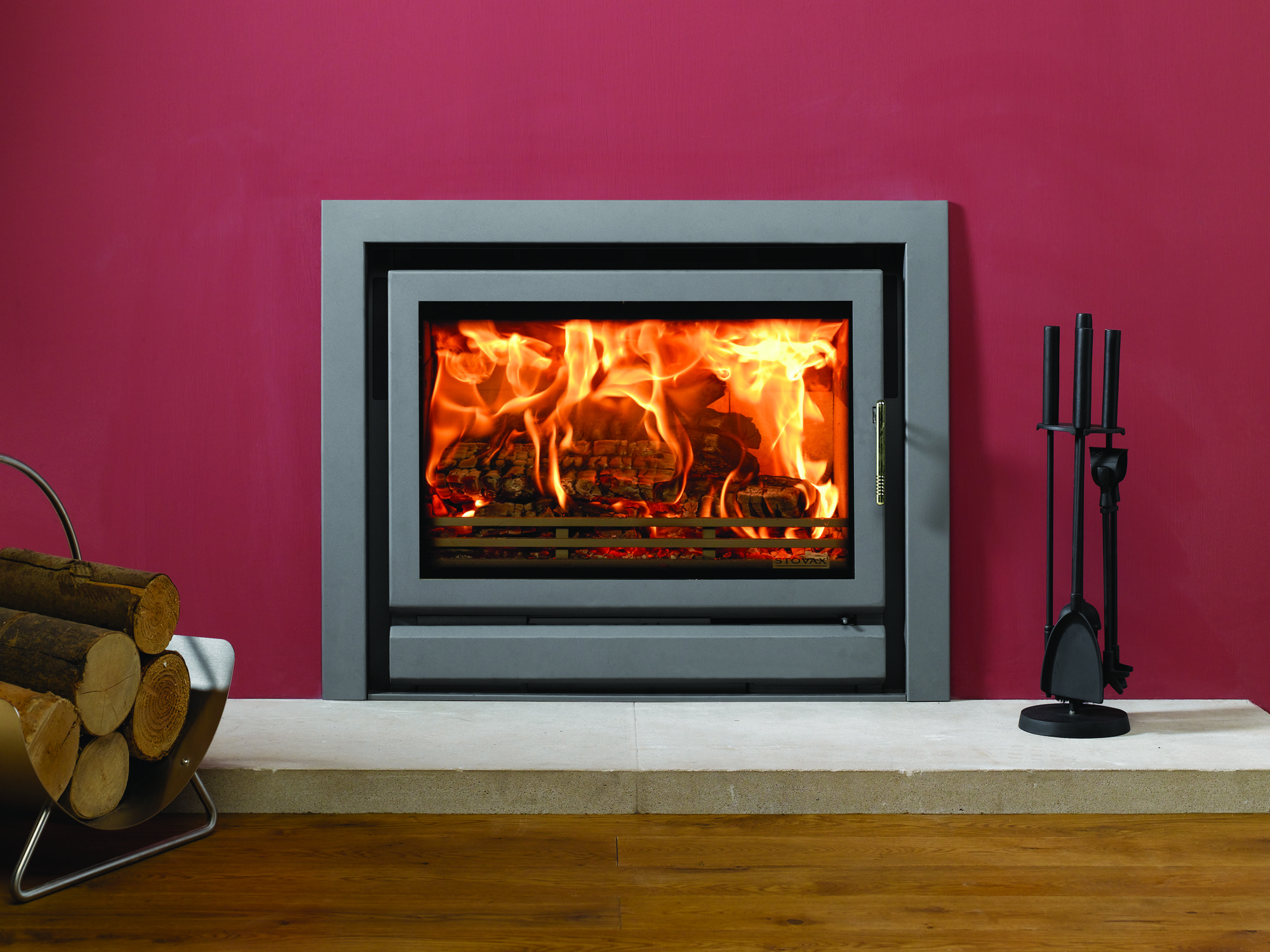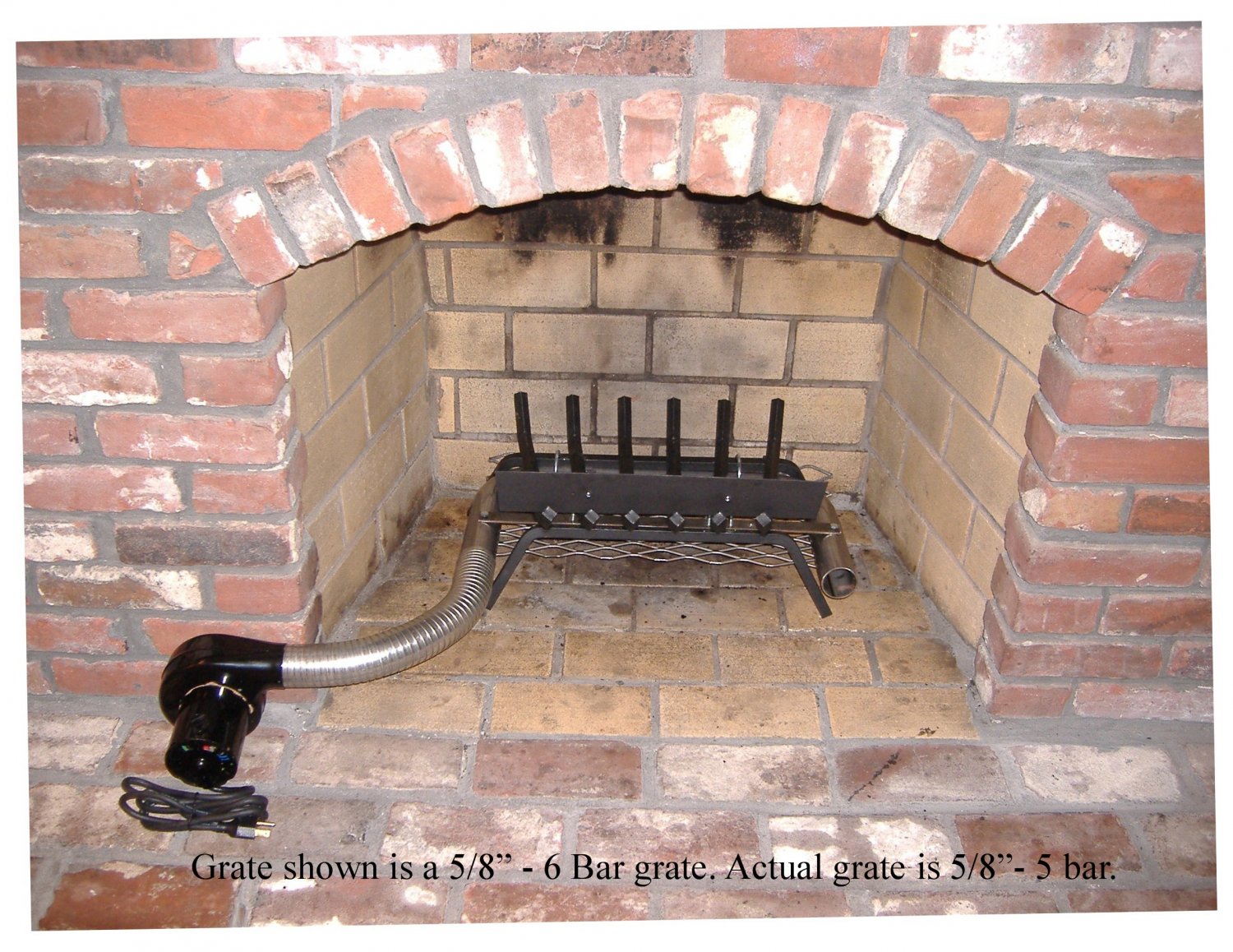Wood burning fireplace heaters, with their captivating ambiance and efficient warmth, take center stage in this comprehensive guide. We delve into the intricate details of these remarkable appliances, exploring their efficiency, safety, installation, and design.
From optimizing performance to ensuring a secure and cozy environment, this guide empowers homeowners with the knowledge they need to make informed decisions about wood burning fireplace heaters.
Wood Burning Fireplace Heater Efficiency
Wood burning fireplace heaters, a traditional and cozy source of heat, offer various types and efficiency levels. Understanding these factors helps optimize their performance, maximizing warmth and minimizing environmental impact.
Types of Wood Burning Fireplace Heaters
- Open Fireplaces:Classic and aesthetically pleasing, but less efficient due to heat loss up the chimney.
- Closed Fireplaces:Enclose the firebox with glass doors, reducing heat loss and improving efficiency.
- Insert Fireplaces:Installed within existing fireplaces, they offer higher efficiency by directing heat into the room rather than up the chimney.
- Pellet Stoves:Burn compressed wood pellets, providing consistent heat and high efficiency due to automated fuel feeding and combustion control.
Factors Affecting Efficiency
- Firebox Design:Larger fireboxes allow for more fuel, while smaller ones burn more efficiently.
- Fuel Quality:Seasoned, dry hardwood burns more efficiently than wet or softwood.
- Airflow Control:Adjustable dampers regulate airflow, optimizing combustion and heat output.
- Chimney Height and Draft:A tall chimney with good draft draws air through the firebox, promoting efficient combustion.
Improving Efficiency
- Use Seasoned Hardwood:Dry, well-seasoned wood burns hotter and produces less smoke.
- Build a Hot Fire:Start with small kindling and gradually add larger logs, creating a roaring fire that burns efficiently.
- Control Airflow:Adjust dampers to provide just enough air for complete combustion without excess heat loss.
- Clean the Chimney Regularly:Soot and debris accumulation can impede airflow and reduce efficiency.
Wood Burning Fireplace Heater Safety

Wood burning fireplace heaters provide warmth and ambiance, but they also pose potential safety hazards if not used properly. Understanding these hazards and taking appropriate precautions are crucial for safe and enjoyable operation.
Fire Hazards
- Sparks and embers:Wood burning fireplace heaters can emit sparks and embers that can ignite nearby combustible materials, such as curtains, furniture, or carpets.
- Overheating:Excessive heat buildup can damage the heater and surrounding materials, potentially leading to a fire.
- Creosote buildup:Creosote, a flammable substance produced by burning wood, can accumulate in the chimney and flue, increasing the risk of a chimney fire.
Wood Burning Fireplace Heater Installation

Installing a wood-burning fireplace heater requires careful planning and execution. This comprehensive guide will provide step-by-step instructions and essential considerations for a safe and efficient installation.
Types of Installations
There are two primary types of wood-burning fireplace heater installations:
- Freestanding:These heaters are placed on a non-combustible hearth and can be moved to different locations within the room.
- Built-in:These heaters are designed to be permanently installed into a wall or fireplace, providing a more traditional and integrated look.
Step-by-Step Installation Guide
The following steps Artikel a general installation process for both freestanding and built-in wood-burning fireplace heaters:
- Choose a suitable location:Select a location with adequate space around the heater, away from flammable materials.
- Prepare the hearth:Install a non-combustible hearth that extends at least 18 inches in front of the heater and 6 inches on the sides.
- Install the heater:Place the heater on the hearth and secure it according to the manufacturer’s instructions.
- Connect the chimney:Attach a properly sized chimney pipe to the heater and extend it through the roof or wall.
- Inspect and test:Have a qualified professional inspect the installation and perform a smoke test to ensure proper functioning and safety.
Importance of Professional Installation
While it is tempting to attempt a DIY installation, hiring a qualified professional is highly recommended. They possess the necessary expertise, tools, and experience to ensure:
- Proper sizing and placement of the heater
- Safe and efficient chimney installation
- Compliance with building codes and safety regulations
- Peace of mind knowing that the heater is installed correctly and safely
Wood Burning Fireplace Heater Design
Wood burning fireplace heaters come in a wide range of designs, from traditional to contemporary. When choosing a design, consider the size of your room, the style of your home, and your personal preferences. You may also want to consider the type of wood you will be burning, as some heaters are more efficient with certain types of wood.
Traditional Designs
Traditional wood burning fireplace heaters are typically made of cast iron or steel and feature a classic design. They often have a large firebox and a raised hearth, and they may be decorated with intricate carvings or moldings.
Contemporary Designs
Contemporary wood burning fireplace heaters are often more modern in design, with clean lines and simple shapes. They may be made of a variety of materials, including steel, glass, and stone. Contemporary heaters often have smaller fireboxes and lower hearths, and they may be designed to be recessed into the wall.
Factors to Consider When Choosing a Design
- Size of your room
- Style of your home
- Personal preferences
- Type of wood you will be burning
Tips on How to Incorporate a Wood Burning Fireplace Heater into Your Home Decor
- Choose a heater that complements the style of your home.
- Place the heater in a central location where it can be enjoyed by everyone.
- Use the heater to create a cozy and inviting atmosphere.
- Decorate the area around the heater with candles, artwork, or other decorative items.
End of Discussion
In conclusion, wood burning fireplace heaters offer a unique blend of warmth, aesthetics, and efficiency. By understanding their intricacies and adhering to safety guidelines, homeowners can harness the full potential of these remarkable appliances, creating a cozy and inviting ambiance in their homes.
